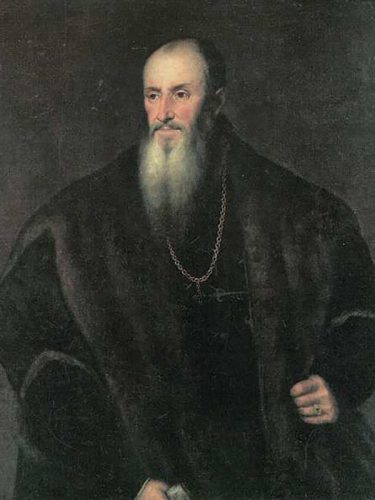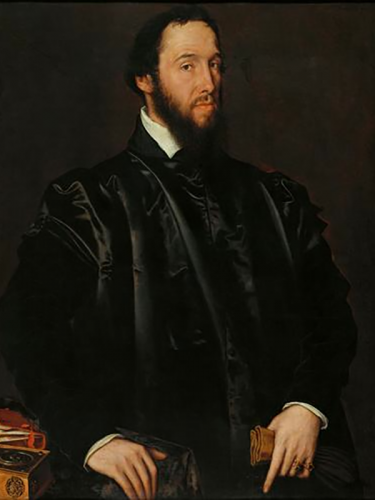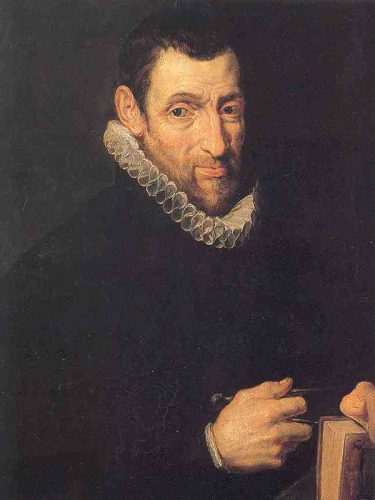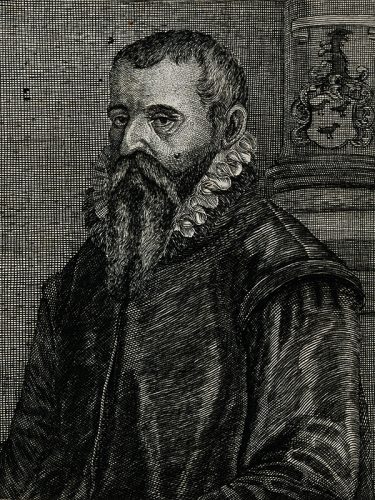Mercator globes
To support his growing family, Gerardus Mercator became a manufacturer of scientific instruments and a designer, engraver and illuminator of maps. Around the year 1537, he created a representation of the Earth and the Heavens, which he first drew on paper and then reproduced on copper before finally printing and illuminating it. Using this same method, he made maps and globes which he designed and engraved himself. He was the only mapmaker of his time who mastered the entire production chain, from the theoretical conception of a work to its practical realisation. No other maps or globes of the period are comparable to his.
A key turning point came when he met the father of his friend Antoine Perrenot. Nicholas Perrenot (1486-1550), lord of Granvelle in Franche-Comté, became a shrewd, influential and devoted go-between in the court of Emperor Charles V as his chancellor and trusted adviser. In 1541 Mercator dedicated his terrestrial globe to him, the first of a large series that would ensure Mercator’s livelihood.
Accused of entertaining Reformist ideas, Mercator was imprisoned from 1544 to 1545. After his release he left Leuven and moved to Duisburg, where he developed his maps and globes business with the help of his sons, grandsons and a number of workers. It is known that his globes were in such demand that he could not keep up with his order book. Matched pairs of his globes were sold for 24 guilders at first and went on to fetch 36 to 45 guilders. Middlemen helped the family enterprise by buying globes and finding their own customers for them. The profiles of two of these middlemen are particularly well documented :
- Christophe Plantin (c. 1520-1589), a renowned printer, publisher and binder in Antwerp, is said to have bought 25 pairs of globes from Mercator.
- Joachim Camerarius the Younger (1534-1598), a physician from Nuremberg, was one of Mercator’s best customers, acting as middleman by buying several copies each year which he shipped up the Rhine and the Main to Cologne and beyond to Frankfurt, where they could be sold at the two annual fairs.



